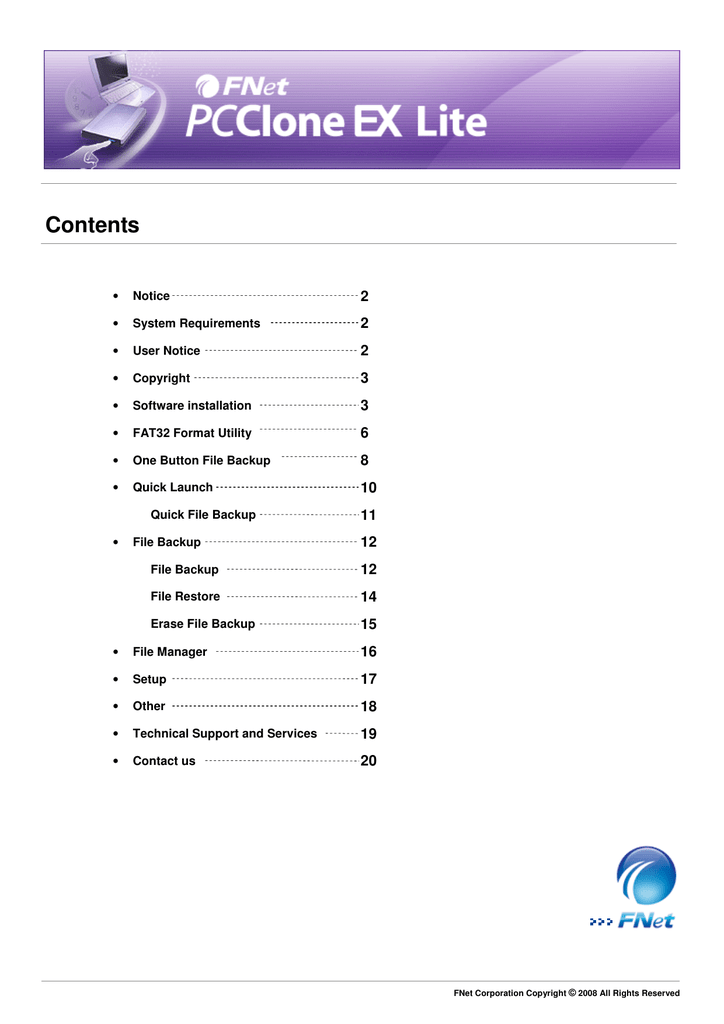
If you have followed this entire tutorial, then your source folder should have the same contents as this zip-file.

If you’re running Linux, you should now be able to compile and run the program using: Note that GLM is a header-only library, and thus does not need to link any library files. Target_include_directories(my-opengl4-program PUBLIC Static void sdl_die(const char * message) -std=gnu++11 -Wall -Wextra -march=native") Though I think static (file-scoped) methods are kind of neat.) (Remember, this is a tutorial about using AZDO OpenGL, not about proper software design. Now we will define some global variables and methods. A workaround is to replace #include "glad/glad.h" in main.cpp by: Note that if you’re using kdevelop 4, the auto-completion doesn’t work and if you have the OpenGL man pages installed, those don’t work in kdevelop either.

Lastly, glad is included using quotes, rather than angle brackets, as it is part of our source tree. Inclusion of the SDL header should be obvious. The #define GLM_FORCE_RADIANS 1 is a left-over from that, otherwise GLM will print a deprecation warning during compilation.

However, at some point this functionality has been deprecated in favour of GLM accepting angles in radians. Therefore the developers of GLM decided that they would also accept angles in degrees by default. Legacy OpenGL used to accept angles in degrees. We need cstdio and cstdlib for fprintf() and exit(). In this section we will create the c++ file main.cpp, which contains the main() entry point.

I also plan on using the sparse buffers in my voxel-engine. Yes, I said I wanted to avoid extensions, however, those three are part of AZDO (approaching zero driver overhead) OpenGL, so I want to be able to explain their use as well. Furthermore, because you put glad.c and glad.h in the same folder, you should change glad.c to replace #include with #include "glad.h". The package also contains a file khrplatform.h, which you don’t need if you remove the line #include from glad.h. Click generate download the zip-file and unpack glad.h and glad.c into a folder named glad in your source directory. Glad is a loader generator, so head over there and choose API: gl version 4.5, Profile: core, Extensions: GL_ARB_bindless_texture, GL_ARB_sparse_buffer, GL_ARB_sparse_texture, Options: uncheck ‘generate a loader’. In my previous post, I decided that I’m going to use GLM, SDL2 and Glad for that. In this post I’ll describe how to set up an OpenGL 4.5 context.


 0 kommentar(er)
0 kommentar(er)
